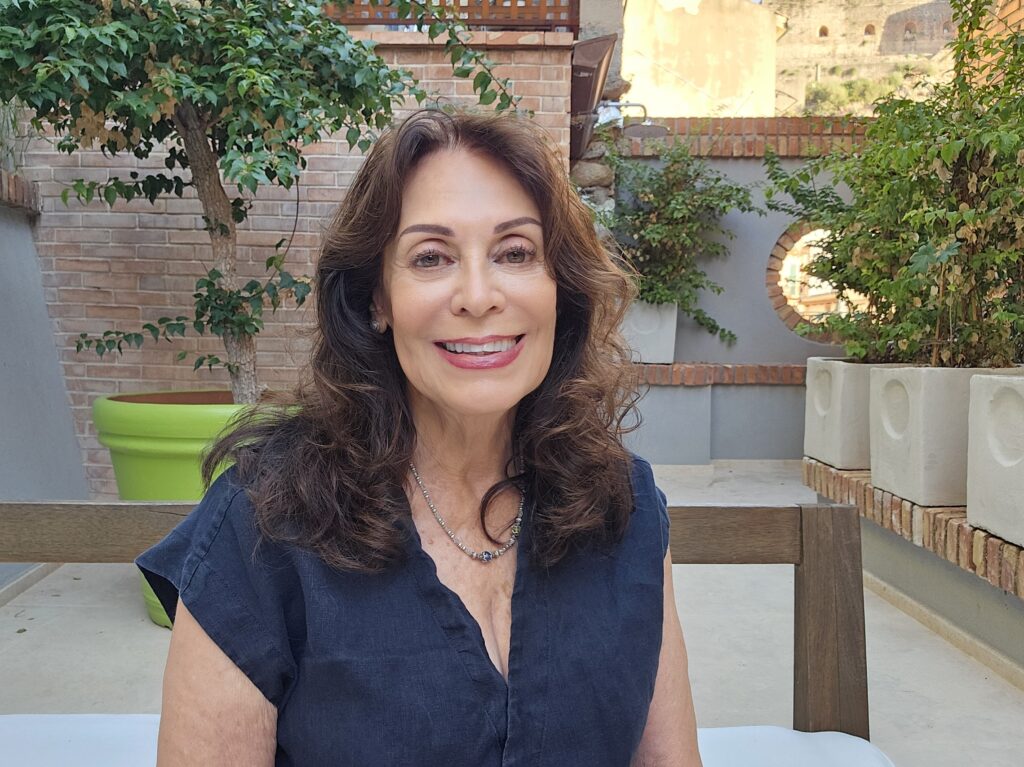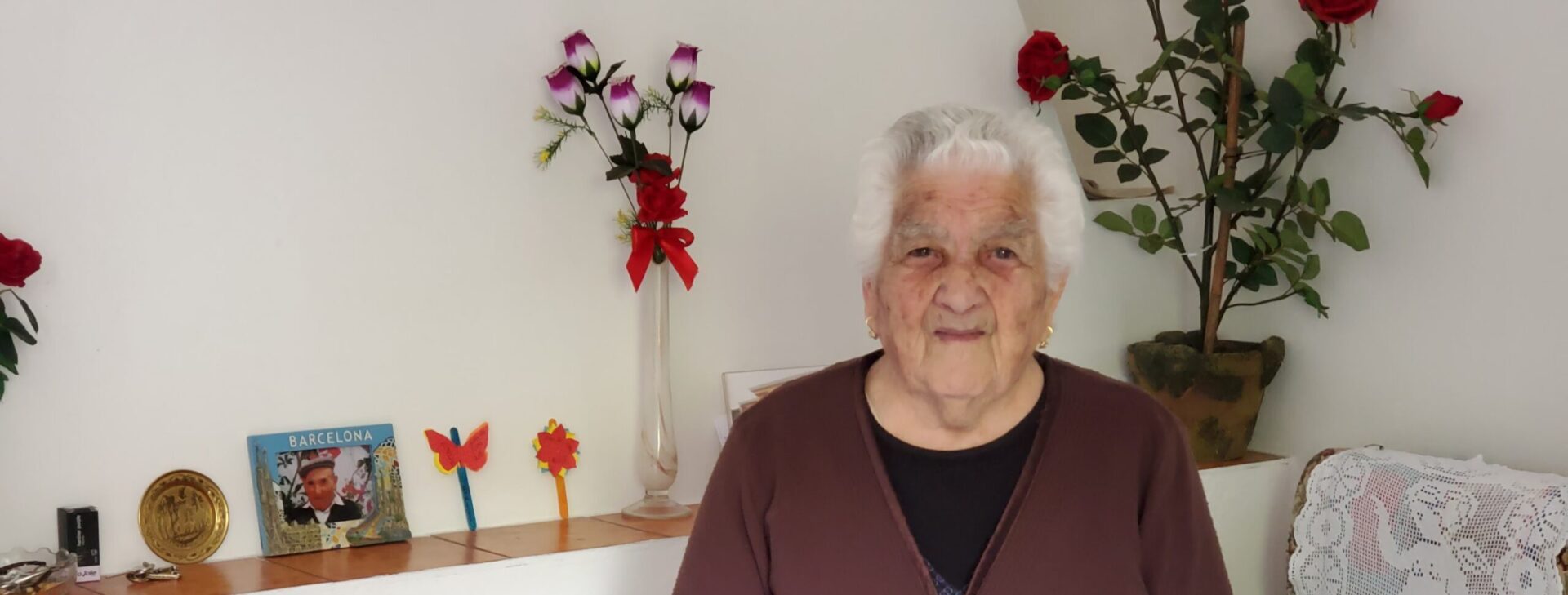

I’ve traveled extensively throughout mainland Italy over the past 20 years. I love the subtle and sometimes not so subtle differences in the regions from north to south and east to west. However, my trip to Sardinia a year ago last November was my first encounter with the island.
Sardinia, Italy’s second largest island after Sicily, mainly hosts travelers as a vacation spot known for it’s for its beaches and its emerald coast – I visited for a completely different reason. I was on a mission to see as much of the interior of the island as possible. In particular, I wanted to visit the villages in the Nuoro region that comprises the “Blue Zone” of Sardinia.
What exactly is a “Blue Zone?” It’s a demographic region where people live active lives past the age of 100. They have a low incidence of heart disease, diabetes, Alzheimer’s and other commonly known chronic illness. Additionally, their mental disposition is very positive.
This small area of Sardinia has fascinated demographers, medical researchers, psychologists and anyone studying extreme longevity and overall physical and mental health, including the National Geographic magazine and its team of photographers. As an Italian American nutritionist and longevity thought leader, the trip was a must for me and long overdue. I’ve researched, studied and read about the secrets of longevity and presented on the topic at conferences (most recently in Italy) and community groups, but I needed to explore for myself, meet with researchers in the area and talk with centenarians who are 100 years old and beyond. What I saw and experienced was extraordinary and transformational both personally and professionally.
Early in November I spent my first evening in Sardinia’s capital, Cagliari, population 154,083. Despite the small number of residents, Cagliari was a bustling metropolis with heavy traffic and commuters from the surrounding areas arriving to their work places.
I immediately sensed a difference between this region from mainland Italy. Although the entire population on the island is roughly 1.5 million people, it seemed almost a separate country of its own, rather than the typical Italy that I know and visit often. I asked my guide if people living in Sardinia consider themselves Sardinians’ first and Italians last. The answer was a resounding yes.
Following a night’s rest, I was ready for my journey to the “Blue Zone” located about 70 kilometers north of the capital, situated in the Nuoro/Barbagia region of Sardinia. The entire island is not a “Blue Zone” and it does not necessarily enjoy the same health and longevity of the “Blue Zone.” In fact, I was surprised to learn the majority of Sardinians living outside the “Blue Zone” encounter the same rates of heart disease, diabetes and other chronic illness as the rest of the western world. I was there to learn more about the lifestyle of the “Blue Zone.”
The first big surprise came on day one of the journey while meeting with Dr. Maria Chiara Fastame from the University of Cagliari. Dr. Fastame is a published research scientist who studies the disposition and resilience of the centenarians. I assumed the lifestyle of the people living in the villages was one of reduced stress, a perfect diet and of course living in a beautiful environment. However, one of her opening comments was “life in the villages of the Blue Zone was no Shangri-La.” The population of centenarians live a spartan and physically demanding life. The terrain is mountainous, rugged and still today mainly undeveloped. Dr. Fastame and other researchers estimate the average distance a villager walks in a day is between six and eight miles.
Village men were mainly shepherds spending months away from their families while living in the forest with their animals. Because they were miles from home, there was no option to return each evening. Their diet was determined by what they could forage in the woods. They ate bread that would keep for long periods of time and was layered with a thin slab of lard preserved from the family pig. Life for the families living at home was not much easier. They tended gardens and prepared food to bring at various intervals to the shepherds. They tended their gardens, raised their children, brought new children into the world all on their own and with the help of the community.
Despite what we might call a harsh way of life, Dr. Fastame’s reports that older adults from the Blue Zone display an unusual combination of low mental illness and high perceived wellbeing. Both suggest high resilience in the face of adversity. This pattern is, to an extent, unexpected because low socioeconomic status is more often associated with worse mental health and wellbeing.”
I soon met with Marcella, age 99, living quite well on her own. She is the wife of one of the shepherds. Her husband died two years ago at the age of 102. I asked her what life was like 75 years ago when her husband was gone for long periods and their living conditions were especially difficult. The simplicity and wisdom of her answer took me back. She responded, “We did not waste our lives chasing things outside of the possibilities for our lives, and our minds were free of clutter.” Her response revealed a unique acceptance and gratefulness for their lives as they were – even living through two world wars. Today Marcella lives in the same home she and her husband built many decades ago and her family checks in on her each day.
As I continued meeting others living long and purposeful lives, I sensed the strong foundation and support system from family and friends. There is a certain amount of genuine caring for others whether they are old, very old, sick, very young or alone. In fact, when I visited the small village of Seulo (known for its centenarians) I noticed keys in the doors of almost every home. Keys are left in the door in case anyone wants to stop in to visit or help the oldest of the old. Everyone knew each other and a sense of trust and “safeness” prevailed within the villages.
As a nutritionist I was innately interested in the diet of the centenarians. It was no surprise learning they mainly ate what they could grow in their gardens, forage in the woods, preserve or raise as livestock. Goat cheese was made from the milk of their goats and each family owned a pig that would eventually become part of their diet. However, meat consumption was very low. Potatoes, wild mushrooms, wild greens, garden vegetables and whole intact grains (minimally processed) comprised most of the daily diet. “Minestra” or vegetable soup is still a staple as well. I also noticed high consumption of walnuts from walnut trees they grew seemingly everywhere. Families snack on them after lunch and dinner and sometimes while just sitting by their fireplaces. Everyone has a fireplace at home as central heating doesn’t exist on the island of Sardinia.
The entire experience of being immersed in the “Blue Zone” was enchanting and unsettling at the same time. While I know we can’t live like the population in the “Blue Zone” of Sardinia, I found myself asking how humanity could dial back a bit on some of our modern “progress” and yet maintain our sense of wonder about life, our acceptance and gratitude for what we do have, our kindness to one another. As I boarded the plane to return home, I wanted to carry all that I saw back to the states and share so much of it with others. While we can’t (and might not want to) live like those in the “Blue Zone,” there is much more we can learn and integrate into our own daily lives as well.
You can check out recipes in this website that are in keeping with Blue Zone longevity.
For just $5.oo,, you can own a guide to starting your child on the healthiest path possible. This guide includes Infant and toddler recipes based on the world-famous Mediterranean Diet. It includes over 30 recipes and all the information you need to help your child live the healthiest life.